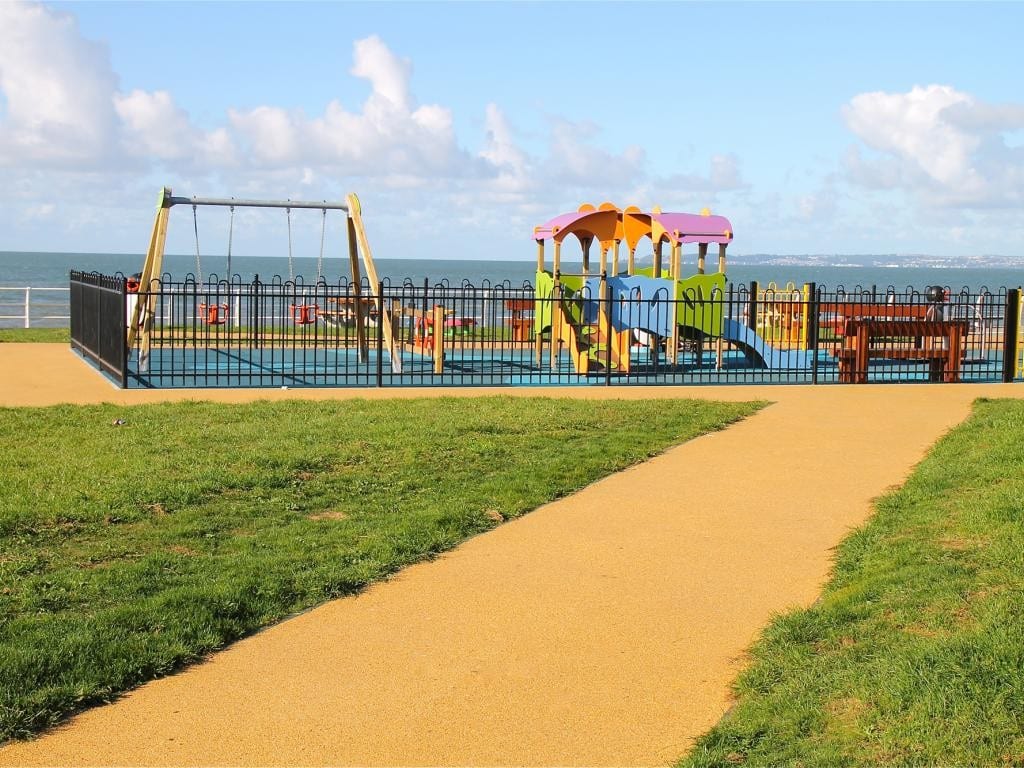
The world of playgrounds is long and varied. With time came a different ethos of play for children. Here’s a quick history on how things changed.
The first playgrounds, as we know them today, took form between 1900-1920. These playgrounds consisted of metal climbing frames, merry-go-rounds and sand pits. The creeping urbanisation of local communities created pressure for isolated, public places of play.
After WW2, adventure playgrounds became common. Unlike previous playgrounds, these places of play had themes. Creative efforts by designers led to a more ‘experience’ led playground rather than just having large toys in a small square. Tunnels, landscapes and opportunities to build became common. Soon came novelty playgrounds, with more painted metal shapes of cultural significance; rocket ships, popular animals, and jungle-like trees.
This solution to the social restrictions and cramped lifestyles of early 20th-century living eventually spawned further concerns of how playgrounds were made. The worry of metal being too sharp and injuries too frequent led to 1980s playgrounds becoming jungles of round edges and hard plastic. Modern playgrounds have stayed relatively stable, with the introduction of softer, low-risk materials the most significant change.
What was your childhood playground like? Leave your comments below.
